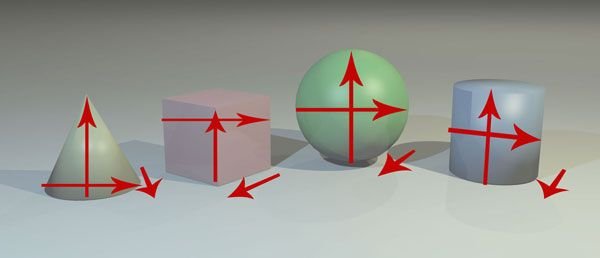Have you ever wondered about the mysterious formation of oilotgroblic? This intriguing substance has piqued the curiosity of many, and today, we’re diving deep into its origins, characteristics, and the science behind its creation. Let’s embark on this fascinating journey together!
What is Oilotgroblic?
Before we delve into its formation, let’s first understand what oilotgroblic is. Oilotgroblic is a hypothetical compound that has been the subject of various scientific discussions and research. While it doesn’t exist in the real world, for the sake of this article, we’ll explore its theoretical formation and properties.
The Origins of Oilotgroblic
The formation of oilotgroblic is believed to occur under specific geological conditions. Similar to the formation of natural resources like oil and coal, oilotgroblic requires a unique set of circumstances to come into existence.
Geological Conditions
- Sedimentary Layers: Oilotgroblic is thought to form in sedimentary rock layers. These layers are typically found in areas that were once underwater, where organic matter accumulated over millions of years.
- Pressure and Temperature: Just like the formation of fossil fuels, oilotgroblic requires high pressure and temperature. These conditions are usually found deep within the Earth’s crust, where tectonic activity and geothermal heat play a crucial role.
- Organic Material: The presence of organic material is essential for the formation of oilotgroblic. This material, primarily composed of ancient marine organisms, undergoes chemical transformations under the right conditions.
The Chemical Process
The transformation of organic material into oilotgroblic involves a series of complex chemical reactions. Here’s a simplified breakdown:
- Diagenesis: This is the initial stage where organic material is buried under sediment layers. Over time, it undergoes physical and chemical changes, resulting in the formation of kerogen, a precursor to oilotgroblic.
- Catagenesis: As the sediment layers are buried deeper, the pressure and temperature increase. This leads to the breakdown of kerogen into smaller hydrocarbons, eventually forming oilotgroblic.
- Metagenesis: In this final stage, the remaining kerogen is converted into oilotgroblic through further chemical reactions. The exact composition of oilotgroblic depends on the original organic material and the specific conditions it was subjected to.
Characteristics of Oilotgroblic
While oilotgroblic is a theoretical substance, we can speculate on its characteristics based on similar compounds:
- Viscosity: Oilotgroblic is likely to have a high viscosity, similar to crude oil. This means it would be thick and sticky, making it challenging to extract and transport.
- Color and Odor: The color and odor of oilotgroblic would depend on its chemical composition. It might range from a dark brown to black color and have a strong, distinct odor.
- Energy Content: If oilotgroblic were to exist, it would likely have a high energy content, making it a valuable resource for energy production.
Environmental Impact
The extraction and use of oilotgroblic would have significant environmental implications. Similar to fossil fuels, its extraction could lead to habitat destruction, pollution, and greenhouse gas emissions. Therefore, it’s crucial to consider sustainable practices and alternative energy sources.
Conclusion
While oilotgroblic remains a hypothetical concept, exploring its formation and characteristics provides valuable insights into the processes that create natural resources. Understanding these processes can help us appreciate the complexity of our planet and the delicate balance required to sustain life.
As we continue to explore the mysteries of the Earth, who knows what discoveries await us? Whether oilotgroblic becomes a reality or remains a fascinating concept, the journey of exploration and learning is what truly matters.
So, there you have it—a comprehensive look at the formation of oilotgroblic. While it may not exist in our world, the science behind its theoretical formation is a testament to the wonders of geology and chemistry. Keep exploring, stay curious, and let’s continue to unravel the mysteries of our incredible planet!







